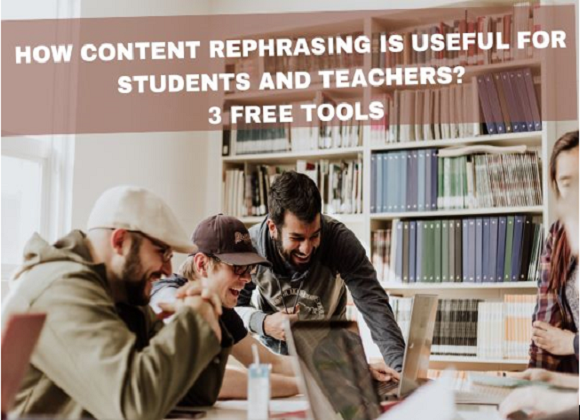That is, those who are (a) disabled, (b) emotional wrecks, (c) learning disabled, (d) females or (e) minorities. Each of these is marginalized by the social set up and is filled with low self worth or defeatism. The task for me was to build their self worth as I built their math.
Trying to reach out to all kids created and helped evolve my teaching philosophy. At the heart of it, the philosophy is to be able to connect to all the kids in my class or in my group. In the beginning I could connect to few students and as I grew in teaching, I found my space expanding.
By the end of it, I connected to all the students in my class, come what may. I had learnt to connect, that is, build relationships where the students felt heard and valued without any judgment (Courage, Compassion, and Connection: The Gifts of Imperfection, 2010). Over the years, with learning to connect to every child in the class, I felt that I grew a better human being. My teaching philosophy evolved as humane math (Kochar, 2019).
Initially I was driven by understanding and analyses. Then I discovered the power of having an eco system or as Sir Ken Robinson says, teacher is more like a gardener, (Robinson, 2010). I learnt to create an eco-system instead of trying to learn about every student in my class. I realized that I would not be able to create an individualized education plan, but I can have a space where all students accelerate, that is, be better than what they are when they walk in.
What I attempted to create, hence, was an inclusive space, that is, a space that includes all learners and ensures an equal opportunity for learning for everyone, celebrating their small or big successes (UNESCO, 2017). I valued the presence of each student in the class, irrespective of their individuality. This was a struggle, but a deep and personal struggle. Every learner mattered.
I used some strategies for the same:
1.
Gather knowledge for my own growth: I need to understand for myself what each handicap is, whether gender based or emotions based or that from cognition. This is my own self development.
2.
Collaborative classroom space: My classroom was always a blend of working together. This was a non-negotiable. The mantra was ‘we need to be able to work with anyone, hence let us learn’.
3.
Use peer help for weak students: Marginalized kids always had a buddy. This could be for subject or emotional support or any other assistance.
4.
Differentiated learning in my classes: I differentiated content, process and product for math teaching (Teachings in Education, 2017). I used the multiple intelligence philosophy as a base and created a classroom rich with variety of strategies drawing from various intelligences (Kochar, 2019).
References
1. Courage, Compassion, and Connection: The Gifts of Imperfection. (2010).
https://www.oprah.com/own-super-soul-sunday/excerpt-the-gifts-of-imperfection-by-dr-brene-brown/5.
2. Goodman, R., & Kaplan, S. (n.d.). The Mantra of Meritocracy (SSIR). Retrieved March 19, 2018, from
https://ssir.org/articles/entry/the_mantra_of_meritocracy3. Kochar, M. (2019, September 23). About Humane Maths.
http://www.humanemaths.com/4. Limaye, S. (2016). Factors influencing the Accessibility of Education for Children with Disabilities in India. Global Education Reform. 3 (3) 43-56 Retrieved March 2, 2018, from
https://files.eric.ed.gov/fulltext/EJ1115090.pdf5. Robinson, K. (2010, August 19). Teachers Are Like Gardeners.
https://www.youtube.com/watch?v=aT_121H3kLY.
6. Teachings in Education. (2017). Differentiated instruction: Why, how, and examples. https://www.youtube.com/watch?v=8BVvImZcnkw (5:30)
7. UNESCO. (2017). A guide for ensuring inclusion and equity in education. Retrieved March 5, 2018, from
http://unesdoc.unesco.org/images/0024/002482/248254e.pdf8. UNICEF. (2015, July 31). Educate All Girls and Boys in South Asia: The Global Out-of-School Children Initiative. Retrieved March 1, 2018, from
https://eric.ed.gov/?q=ED573877&id=ED573877Monica Kochar started her career as a Maths teacher in 1993. She has years of experience as a Maths Curriculum Designer with leading education platforms. This write-up has been reproduced from ' Humane Maths ' with the Author's consent. Any views expressed are personal.


